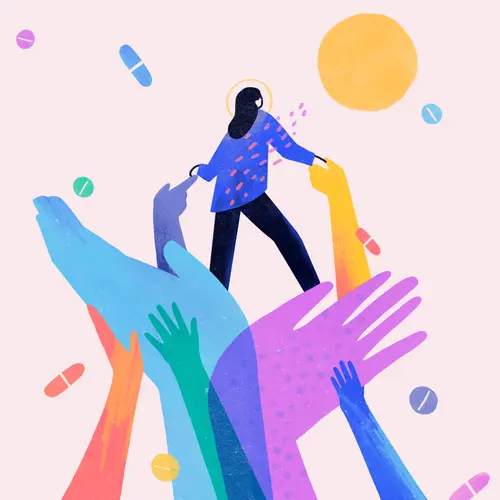Call 911 if your child:
- Has sudden hives with swelling in the face, difficulty breathing or coughing, dizziness, or fainting
- Has hives after being exposed to a substance that caused a serious allergic reaction before
- Develops hives after a bee sting, new medication, or exposure to a highly allergenic food, such as peanuts
Call Your Doctor If:
- You have any concerns
- The hives seem severe
- Home treatment isn't helping
1. Use an Antihistamine, If Your Pediatrician Approves
An antihistamine formulated for children may help with swelling and itching. Call a pediatrician before using an antihistamine in infants or toddlers.
2. Remove Allergens
- If the hives are on one part of your child's body, they may have been triggered by something that got on their skin. Wash off your child's body with soap and water.
- Change your child's clothes.
3. Treat the Itch
- Apply calamine lotion, 1% hydrocortisone cream, or a mixture of baking soda and water for itch.
- Put your child in a cool bath for 10 minutes.
- Put a cold compress or cold pack on itchy areas.
4. Observe Your Child
If your child's symptoms seem to be getting worse, call a doctor.

